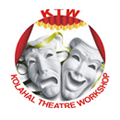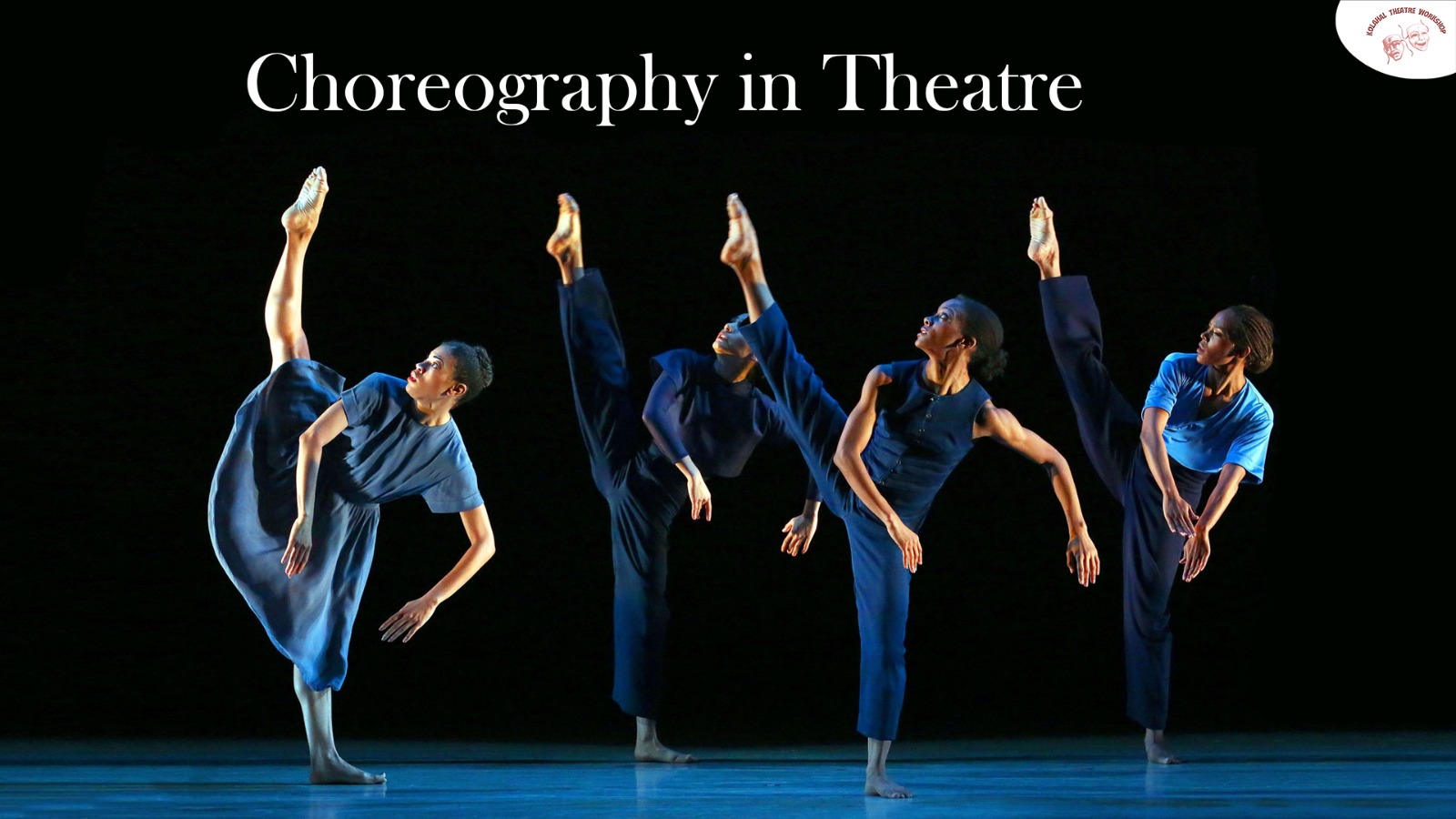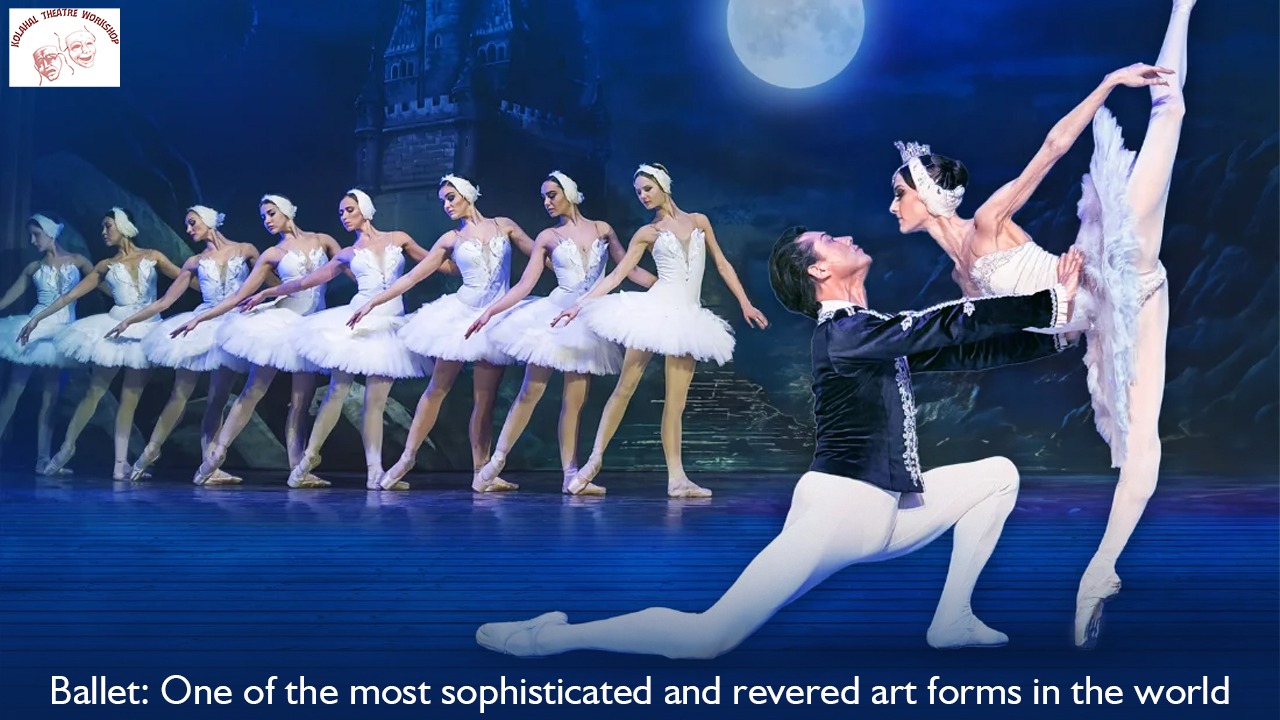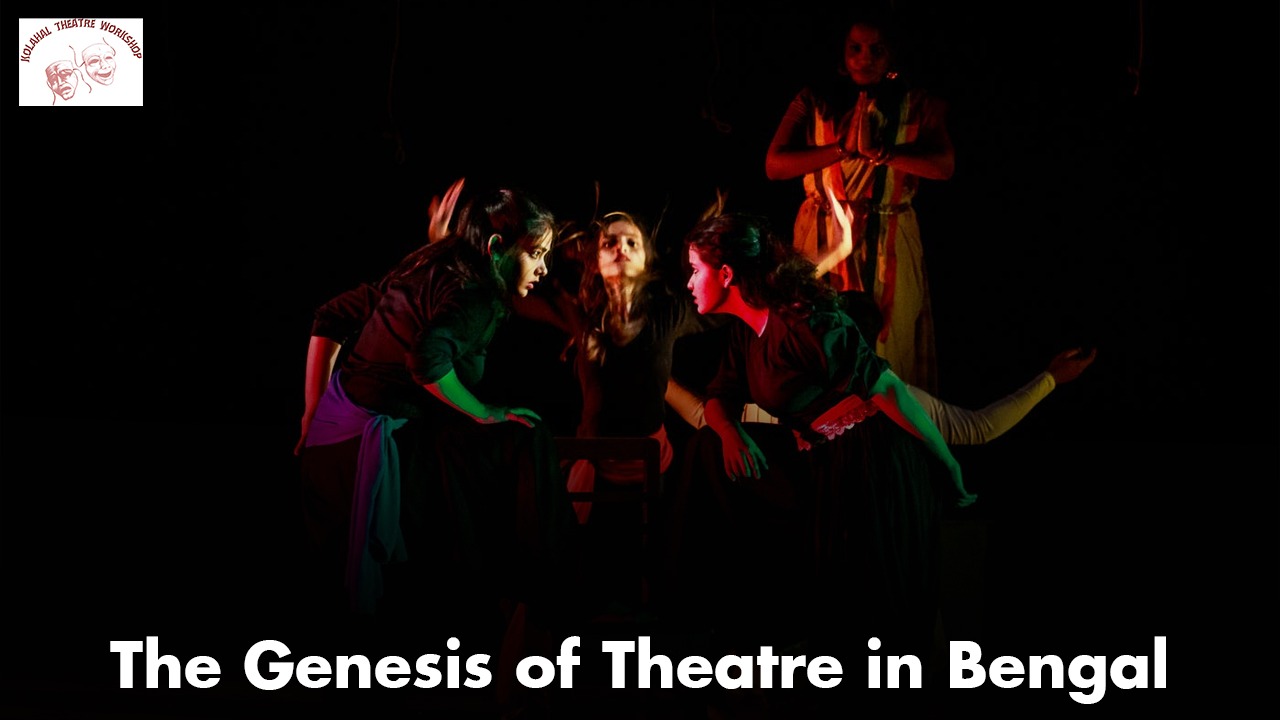Choreography in Theatre
Introduction
Choreography in theatre is a vibrant and dynamic element that adds depth, emotion, and narrative strength to productions. It transcends mere movement, becoming an integral part of storytelling that can captivate audiences and elevate a performance to new heights.
The Role of a Choreographer
A choreographer in theatre is responsible for designing and directing the dance or movement sequences within a production. This role demands a deep understanding of both the story being told and the characters within it. Choreographers collaborate closely with directors, composers, and performers to ensure that every movement serves the narrative and resonates with the audience.
The Creative Process
The creative process for a choreographer begins with a thorough analysis of the script. Understanding the themes, emotions, and motivations of the characters is crucial. This analysis informs the choreographer’s vision and helps in creating movements that are authentic and expressive.
- Concept Development: The choreographer conceptualizes how movement will enhance the narrative. This includes deciding on the style of dance, the mood of each scene, and the overall visual aesthetic.
- Collaboration: Working with the director and other creative team members, the choreographer aligns their vision with the overall production. This collaborative process ensures cohesion between the dance sequences and other elements of the performance, such as set design, lighting, and music.
- Rehearsals: During rehearsals, the choreographer works closely with the cast, teaching them the choreography and refining movements to suit each performer’s abilities and the needs of the story. This phase is iterative, with adjustments made continuously to perfect the performance.
- Integration: Finally, the choreographer integrates the dance sequences into the full run of the show, making sure they flow seamlessly with the acting and dialogue.
Styles of Theatrical Choreography
The style of choreography can vary widely depending on the production. Here are a few common styles found in theatre:
- Classical Ballet: Often used in productions with a historical or fantastical setting, classical ballet brings grace and technical precision.
- Jazz: This style is energetic and expressive, perfect for modern or upbeat productions.
- Contemporary: Contemporary dance blends elements from various dance styles and focuses on emotional expression and innovative movements.
- Tap: Tap dance, with its rhythmic and percussive nature, adds a unique auditory element to performances.
- Musical Theatre: A blend of several styles tailored to fit the specific needs of musical productions.
Impact on Audience
Effective choreography has the power to evoke strong emotions, create memorable moments, and provide a deeper connection to the story and characters. It can symbolize complex themes and ideas without a single word being spoken. The fluidity and expressiveness of dance allow for a universal language that transcends cultural and linguistic barriers, making theatre accessible to a broader audience.
Challenges in Choreography
Choreography in theatre is not without its challenges. Choreographers must work within the constraints of the stage, adapt to the physical abilities of the performers, and ensure that the movement does not overshadow the story but rather enhances it. Balancing these elements requires creativity, flexibility, and a keen eye for detail.
Conclusion
Choreography is a crucial component of theatrical productions, enriching the narrative and engaging the audience on multiple levels. It requires a blend of artistic vision, technical skill, and collaborative spirit. As theatre continues to evolve, the role of choreography will remain a vital and transformative force in the art of storytelling.




